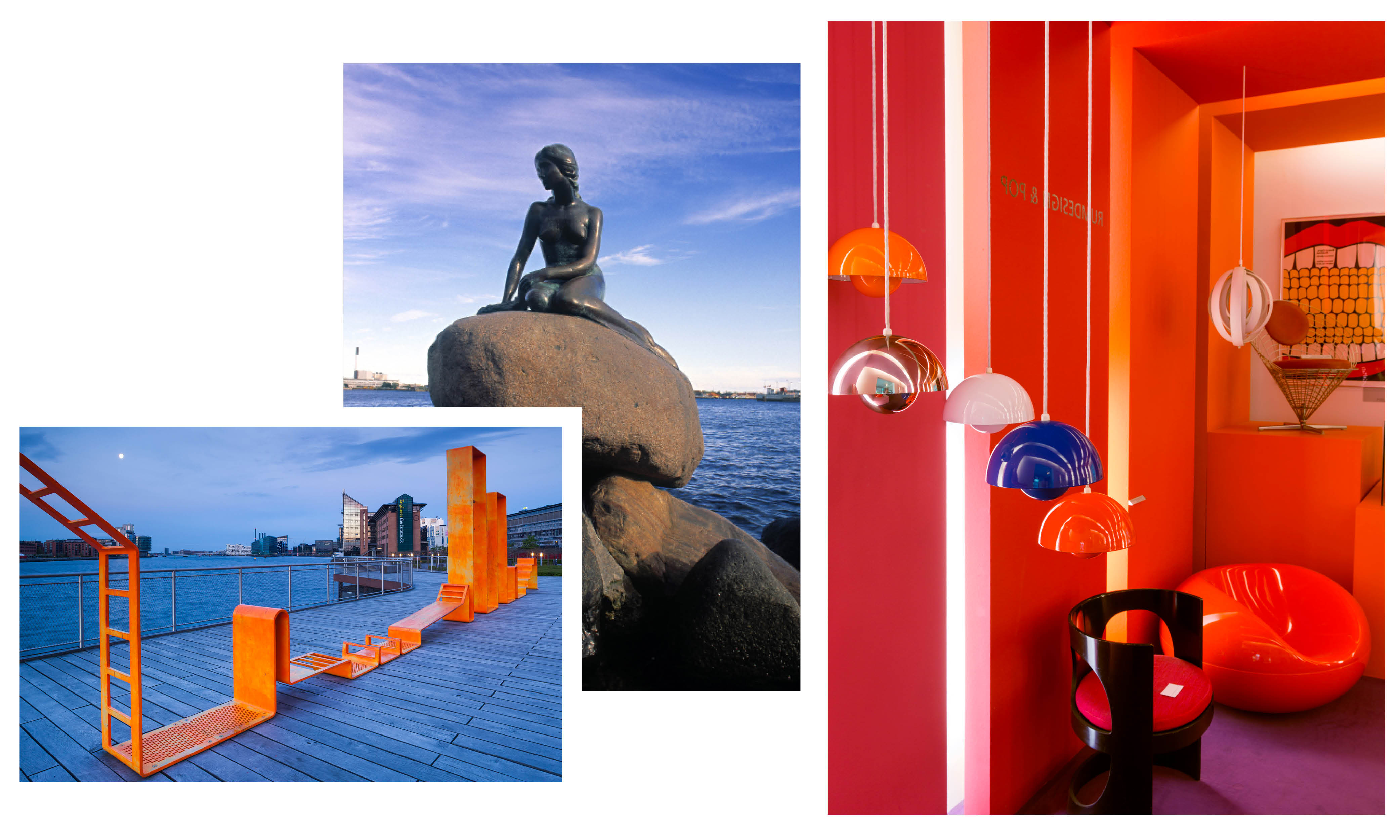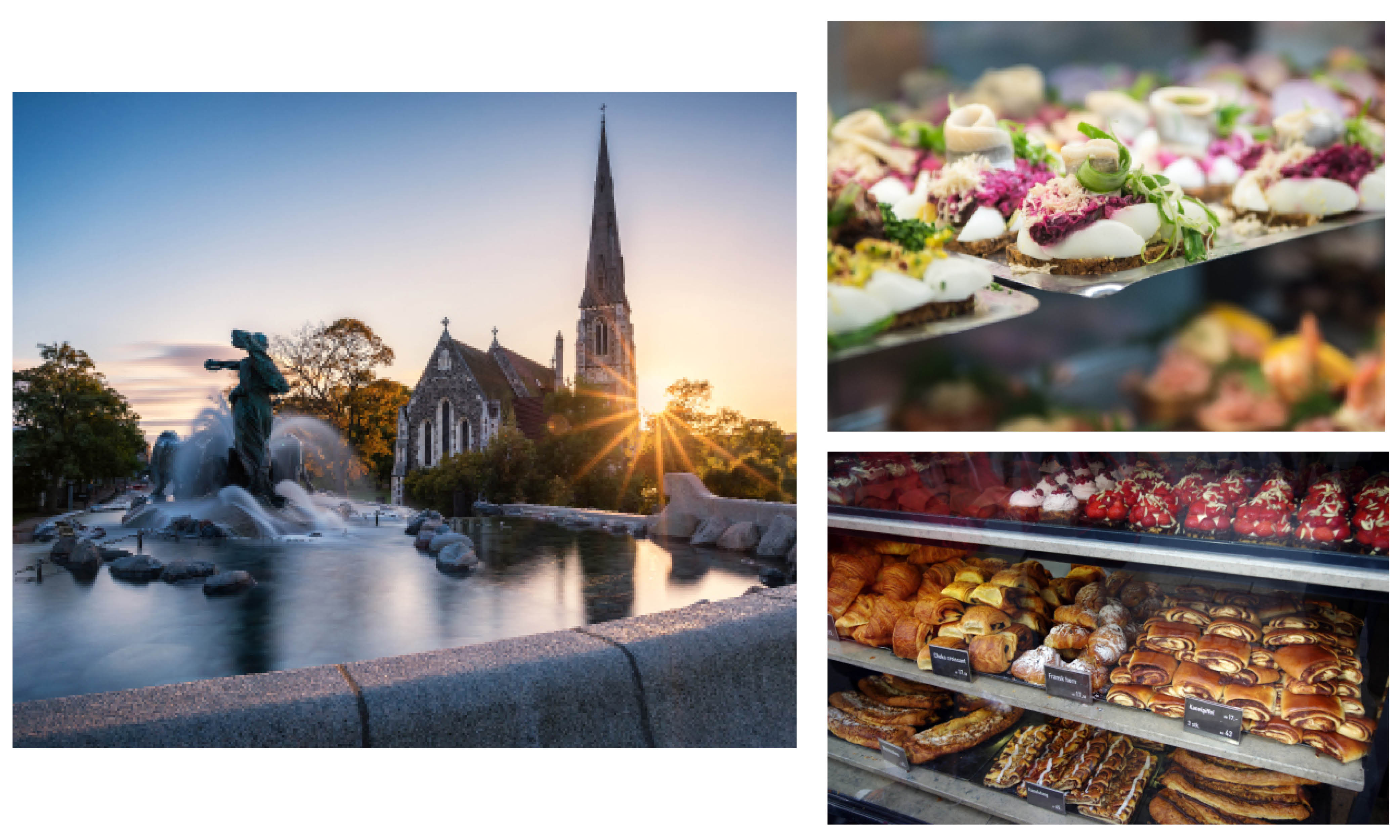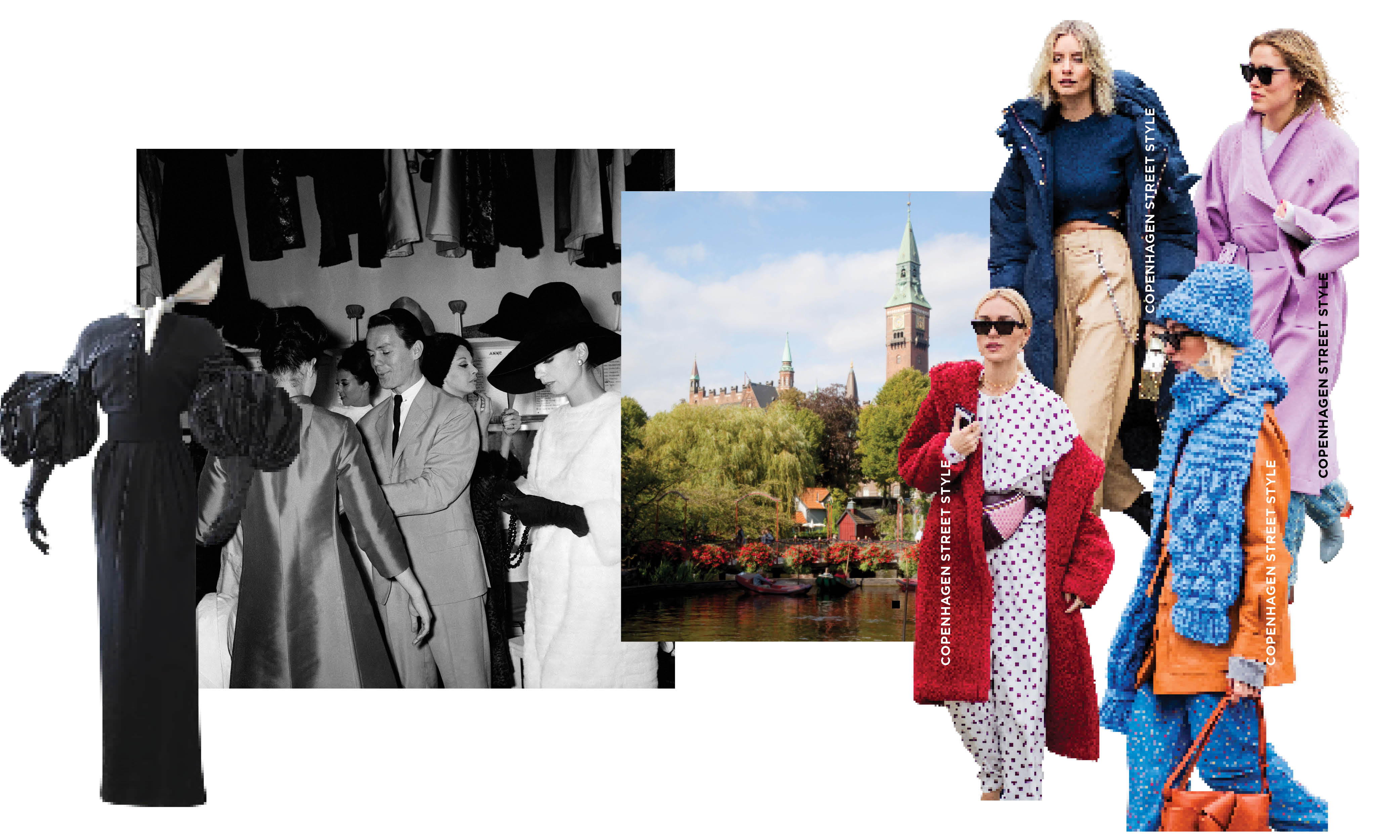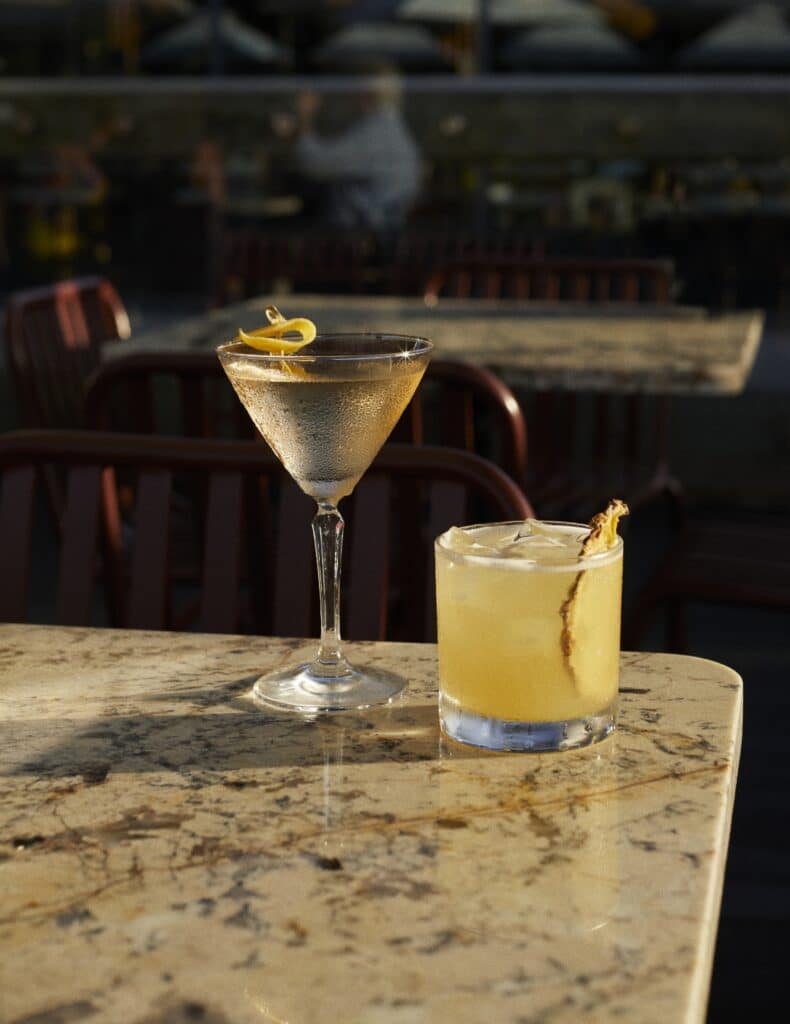From amusement parks to design royalty, Paul Little ponders the paradoxes of Copenhagen.

A waterfront playground mimics the cityscape (left). Edvard Eriksen’s The Little Mermaid statue, inspired by local hero Hans Christian Andersen’s classic tale (centre).
If you’re looking for a holiday that will provide an escape not just from home or the weather, why not try Copenhagen, where, with its gingerbread castles, romantic canals and relatively car-free streets, you can easily imagine you’ve found refuge from the 21st century?
People have been living around here for at least 1000 years but most of the city as you’ll see it today was built in the past few centuries. Many of its medieval buildings were wiped out by two disastrous fires, one at each end of the 18th century.
It’s a water city, designed around a series of narrow canals that thread back and forth through the old buildings, criss-crossed by picturesque bridges.
But don’t worry, as my wife and I discovered, there’s also all the Wi-Fi, gourmet food choices and other comforts to which we’ve become accustomed. It’s just that they tend to exist in buildings that look as though they should be inhabited by characters from fairy tales. Many of the most famous fairytale characters were born here.
The Little Mermaid, the Snow Queen and the Ugly Duckling all come from the fertile imagination of sainted local Hans Christian Andersen, whose home you can see on Nyhavn, the city’s geographical tourist centre.
Nyhavn is a colourful quay lined on both sides by brightly painted three and four-storey buildings that have tourist-friendly restaurants below and apartments above. Many of these are Airbnbs and you could do worse as a base for a holiday — from here you can walk almost anywhere you’ll want to go on a short stay. There is also a lot of pizza to be had, but at the likes of Nyhavns Faergekro you can get the classic Danish open sandwich.

On the water itself, there’s a panoply of magnificent sailing vessels. And from here you can take one of the many boat tours that traverse the city’s canals for the unmissable water-borne view of its landmarks. The only time we saw a hint of displeasure on a Copenhagener’s face was when our guide on such a cruise had to relay the story of the city’s most famous landmark — the statue of Hans Christian Anderson’s Little Mermaid — for what may have been the thousandth time that day, given the enthusiasm with which he described it.
He could have taken solace contemplating the “Genetically Modified Little Mermaid”, centrepiece of Bjorn Norgaard’s “Genetically Modified Paradise”, “a provocative and humouristic [sic] view of the postmodern society” as a local tourist website describes it through gritted teeth. For Copenhagen is also a city of paradoxes. It’s reportedly one of the happiest places on earth, but with all that pressure to be cheerful, occasionally it’s necessary to vent and the city appears to have taken its revenge on the Little Mermaid here at what has to be the world’s angriest sculpture park.
To avoid the tourist crush, head north of Nyhavn to Saint Anne’s Place. Elegant houses on both sides line a short street with a central garden that runs its length, bordered in turn by a double row of trees. It’s a serene and relatively little-visited haven in contrast to the tourist melee just a block away.
The paradoxes don’t stop there. Even the royal family comes with a few contradictions, and I should know — I’ve seen them. As we wandered in the vicinity of Christiansborg Palace, home to the Danish Parliament, we saw a crowd of tourists and security personnel assembling. Previous trips have brought us sightings of Yoko Ono, Donald Trump and Jane Fonda, so we decided to see who was going to be getting all this attention. Increasingly larger vehicles pulled up and ejected smartly dressed, middle-aged people who stood waiting on the steps. It was only when we saw dashing Prince Michael and that lovely Princess Mary from Tasmania that we sussed it was a royal event. About a dozen royals in total arrived, and all turned and waved to the small crowd. Then a giant vintage Rolls-Royce hove into view and disgorged an older woman who stomped out and up the stairs without looking back once. That, of course, was Queen Margrethe, here to open Parliament, and with no time for her subjects or visitors.

Erik Mortensen’s work is celebrated in The Design Museum (left).
The VIPs were dressed in standard European royal wear, indistinguishable from the sort of clobber the Windsors turn out in.
Are Danes in general stylish? It was hard to tell in November under the ubiquitous puffer jackets. Danish couture is not exactly one of the world’s transformative fashion traditions, but again — paradoxically — there is one conscious exception, Erik Mortensen. As the Design Museum, where we saw a major retrospective of his work, described it, he is “the closest Denmark comes to the world of fashion in Paris”. He moved there to work with Pierre Balmain, his life partner, in 1948 and took over the house when Balmain died in 1982. The exhibition, “I Am Black Velvet”, was a rare chance to get up close to some first-rate pieces of couture, and although the show is over now, the museum has one of Mortensen’s pieces on permanent display.
The Design Museum is your one-stop spot for all things Danish and designer-y. It’s bursting at the seams with chairs and lampshades, knick-knacks and doohickeys of the sleek Scandinavian kind that has dominated international interior design from the mid-20th century.
There are other significant galleries and museums in town, but the most eye-opening is the National Gallery of Denmark. Here you’ll see the best of Danish art from the past 700 years, but it’s the work of the past 100 or so that impresses most. We weren’t mad about the video of the horse-slaughtering ritual, and there was one hospital-themed installation we were too spooked to look into. But, in contrast, there were also many beautiful works from little-known masters who deserve to be better known. That’s Copenhagen for you — paradoxical to the end.
Words: Paul Little
Photos: Getty Images and Supplied
This article originally appeared in Fashion Quarterly Issue 2, 2018.










